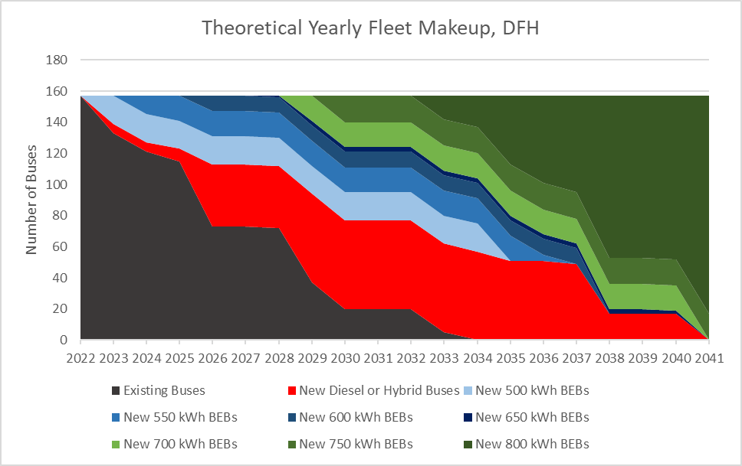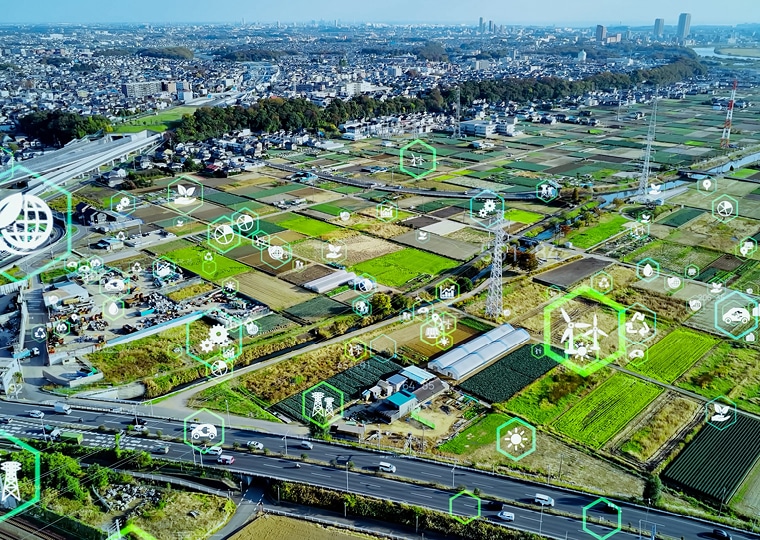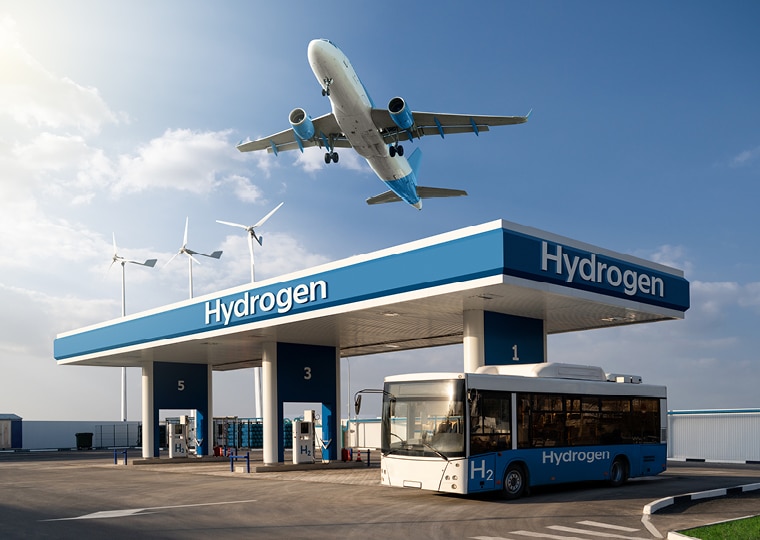With decades of experience in the public transit sector, we’ve witnessed firsthand the power of innovation in shaping the future of transportation. From the early days of hybrid-electric buses to the current push towards zero-emission technologies, including battery-electric and hydrogen-fuel-cell options, the landscape of transit is constantly evolving. At STV, we’re proud to be at the forefront of this evolution, leveraging our expertise in digital advisory and zero-emissions mobility to drive sustainable transit solutions.
As transit leaders, we understand the importance of effective management and data-driven decision-making in achieving an organization’s sustainability goals. The transition to zero-emission transit is not just about adopting new technologies—it’s about implementing comprehensive strategies that address the complex challenges of fleet electrification. From infrastructure upgrades to workforce training, every aspect of the transition requires careful planning and execution.
Over the years, we’ve seen a gradual shift towards more environmentally friendly surface transportation options. From cleaner burning diesel to compressed natural gas, each innovation has brought us one step closer to a greener future. Now, as we embrace zero-emission technologies, we’re not simply reacting to environmental concerns but proactively modernizing our public transit infrastructure and enhancing the customer experience.
The Role of Data in Zero-Emission Transformation
Central to our approach is the use of data to drive informed decision-making as agencies scale their zero-emission operations from pilot to program. Through advanced analytics and data visualization techniques, we can monitor the performance of zero-emission buses, infrastructure and programs in real time. From there, we use this data to track energy consumption, determine optimized charging schedules for equipment and more.
As we embrace zero-emission technologies, we’re not simply reacting to environmental concerns but proactively modernizing our public transit infrastructure and enhancing the customer experience.
STV’s data-as-a-service model provides adaptive solutions that evolve with organizational needs while delivering insights derived from advanced analytics techniques. Our services include consulting, asset management, digital delivery and data solutions, and we offer comprehensive support to clients across various industries, including transit. What sets us apart is our focus on not only leveraging data but also developing our own tools and software to drive informed decision-making and strategic outcomes.
Our proprietary energy modeling tool, Performance and Evaluation of Electric Bus Routes (PEER), is a testament to our commitment to data-driven solutions. By analyzing existing fleet duty cycles and battery technology, PEER helps us identify which routes are best suited for maturing zero-emission technologies, allowing transit agencies to optimize their operations and maximize efficiency.

STV’s PEER modeling tool enables transit agencies to estimate data points such as the battery capacity of future buses, allowing them to create more accurate long-term fleet procurement and rollout strategies.
Enhancing Transit Through Data Governance and Accessibility
Data governance and accessibility are foundational elements in the transformation of transit agencies towards data-driven zero-emission operations. Ensuring that accurate, timely and relevant data is available to decision-makers at all levels drives operational efficiency and fosters innovation. From top management to frontline staff, the implementation of robust data governance frameworks ensures that everyone has access to the insights they need to make informed decisions and drive positive change.
Expanding the Power of Data Visualization
Our expertise in data governance and visualization plays a crucial role in empowering transit agencies to drive successful change. By bridging the gap between information management systems and actionable insights, we enable transit operators to navigate the complexities of the zero-emission transformation with clarity and foresight.
Data visualization goes beyond mere graphs and charts; it’s about storytelling that drives action. Our visualization techniques incorporate interactive dashboards and geospatial analytics to highlight trends in ridership, identify bottlenecks and illustrate the environmental impact of the zero-emission transition. These visual representations enable transit agencies to simulate future scenarios, anticipate the fiscal and operational impacts of various zero-emission strategies and evaluate alternatives while navigating the changing landscape of their infrastructure investments. Beyond benefiting internal stakeholders, these tools also bolster transparency with the public by communicating the agency’s progress toward sustainability goals in an engaging and comprehensible manner.
Diving Into Data Reporting and Analytics
By developing comprehensive data reporting and analytics capabilities and establishing business processes to regularly analyze operational data, transit agencies can uncover trends, inefficiencies and improvement opportunities. For zero-emission transformations, this includes detailed reports on energy consumption patterns, cost analysis of zero-emission vehicles and performance metrics of new technologies.
Data visualization goes beyond mere graphs and charts; it’s about storytelling that drives action.
Effective data reporting and analytics provide a feedback loop for transit agencies to refine their strategies, adapt to changing conditions and measure the impact of their initiatives. This analytical approach helps identify variables such as optimal charging infrastructure placement, cost-effective charging schemes and workforce training needs to support new technologies.
Collaborating for Success
At STV, we believe in the power of collaboration. By bringing together our expertise in digital advisory and zero-emissions mobility, we’re able to offer comprehensive solutions that address the unique needs of transit agencies and other fleet operators. From change management to asset management, our team works hand-in-hand with clients to navigate the complexities of the zero-emission transformation.
The path to zero emissions is not without its challenges, but with the right tools and expertise, it is also filled with opportunities for innovation and improvement. By harnessing the power of data analytics, governance and visualization, transit agencies have the tools to achieve their environmental goals while also enhancing operational efficiency, service reliability and responsiveness to community needs. Ultimately, the collaboration between visionary leadership and advanced data practices promises a future where public transit systems are not only cleaner but smarter and more connected to the communities they serve.









